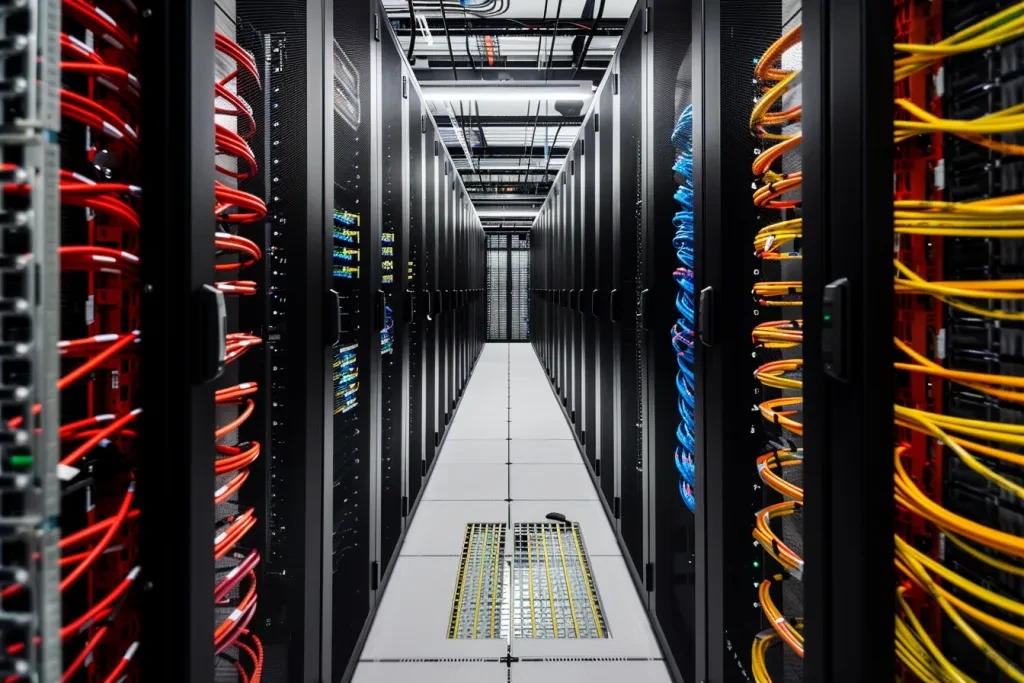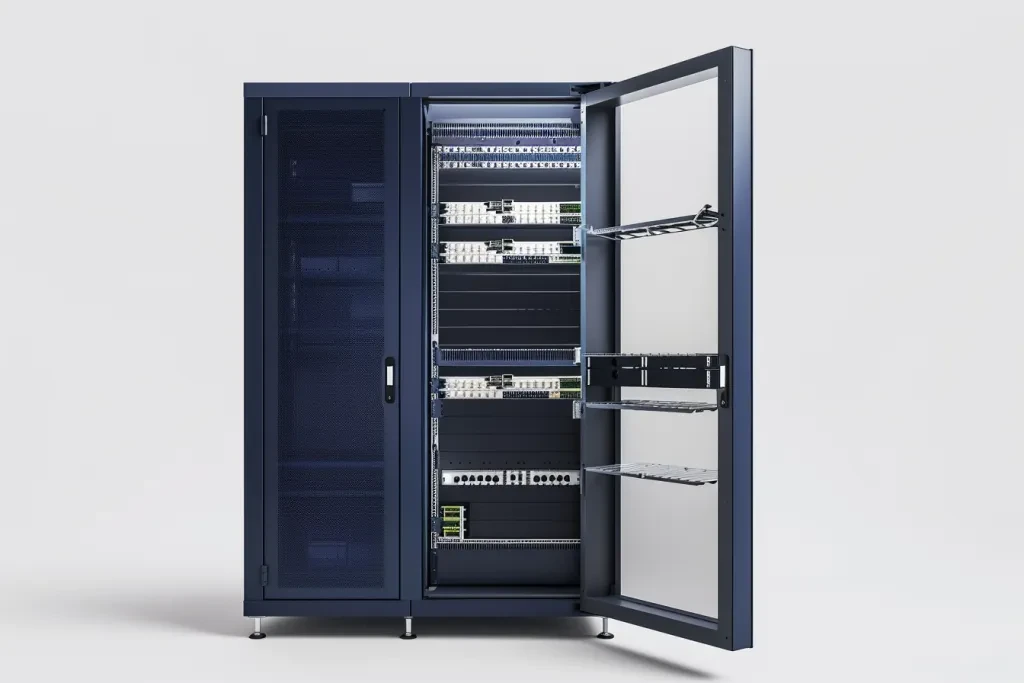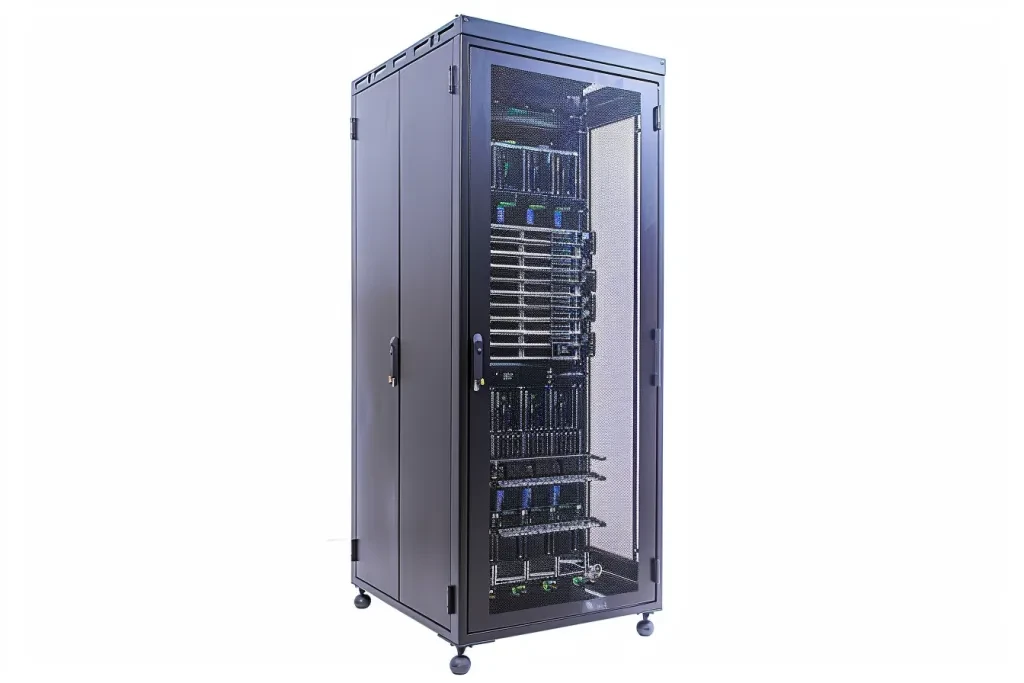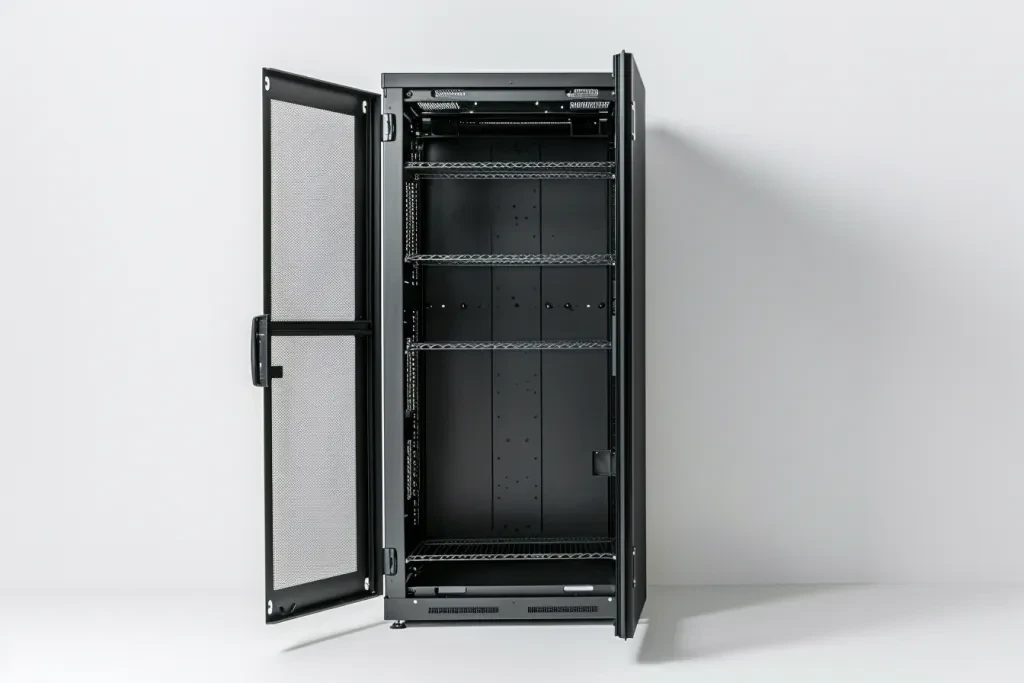Recent innovations in data center infrastructure have led to a surge in demand for advanced Computer Server Racks. This article delves into an in-depth analysis of key factors, industry standards, and cost considerations that business buyers need to know. It offers valuable guidance and assistance for wholesalers, retailers, and purchasing professionals in making informed decisions for their IT infrastructure needs.
Table of Contents:
– Market Overview: Computer Server Rack Industry
– Detailed Analysis of the Computer Server Rack Market
– Key Factors When Selecting a Computer Server Rack
– Advanced Features in Modern Server Racks
– Cost Considerations and Budget Planning
– Regulatory Compliance and Industry Standards
– In Conclusion
Market Overview: Computer Server Rack Industry

The global computer server rack market is growing significantly due to the expansion of data centers and the rising demand for efficient computing infrastructure. The market size for industrial rackmount PCs, a key segment, is projected to reach USD 1.8 billion by 2030, with a CAGR of 5.3%. This growth is driven by the increasing adoption of automation and smart manufacturing practices, enhancing productivity and operational efficiency across various industries.
Geographically, the U.S. market for industrial rackmount PCs was valued at USD 319.7 million in 2023. China is expected to grow at an impressive CAGR of 8.5%, reaching USD 408.1 million by 2030. Other key regions contributing to the market growth include Japan, Canada, Germany, and the Asia-Pacific, all showing substantial advancements in technological infrastructure and increasing demand for robust server solutions.
Market segmentation indicates that the above 2U rackmount PCs segment is anticipated to reach USD 1.2 billion by 2030 with a CAGR of 6.0%. The 1U & 2U rackmount PCs segment is set to grow at a 4.0% CAGR over the same period. This segmentation highlights the diverse requirements for server racks across different applications, from compact data centers to large-scale industrial operations.
Detailed Analysis of the Computer Server Rack Market

The computer server rack market is defined by key performance benchmarks and market share dynamics. The integration of advanced processors, edge computing capabilities, and enhanced security features drive the demand for high-performance and reliable server racks. These innovations ensure superior performance and reliability, essential for real-time data processing and analytics in various industrial applications.
Economic influences and shifts in consumer behavior are reshaping the market. The focus on sustainability and energy efficiency is pushing manufacturers to develop eco-friendly and energy-efficient systems. This trend is driven by environmental regulations and the need to reduce operational costs. Additionally, the expansion of sectors such as telecommunications, defense, and transportation is creating new opportunities for industrial rackmount PCs.
Distribution channels show strong demand for both online and offline sales. The digitalization of procurement processes has made it easier to access a wide range of server rack solutions, allowing businesses to make informed purchasing decisions. Seasonal demand patterns also play a role, with peaks during periods of technological upgrades and infrastructure expansions in various industries.
Recent innovations in the server rack market include modular and scalable designs, offering flexibility and ease of maintenance. These advancements cater to the evolving needs of data centers, which require adaptable solutions to handle growing data volumes and computational demands. The product lifecycle stages of server racks feature continuous enhancements and upgrades, ensuring they remain relevant and efficient in a rapidly changing technological landscape.
Key Factors When Selecting a Computer Server Rack

Selecting a computer server rack is vital for ensuring optimal performance and compatibility with your IT infrastructure. The right rack can enhance cooling efficiency, cable management, and overall system stability. Here are the key considerations for choosing the ideal computer server rack:
Rack Size and Dimensions
Rack size and dimensions are fundamental. Server racks are typically measured in units (U), with each unit representing 1.75 inches in height. Common sizes include 42U and 48U racks, offering ample space for multiple servers and networking equipment. Measure your data center or server room space to ensure the rack fits comfortably. Also, consider the rack’s depth, which should accommodate your servers and other components. Standard depths range from 24 to 48 inches, but deeper racks may be necessary for high-density setups.
Load Capacity and Build Quality
The load capacity of a server rack is crucial. This refers to the maximum weight the rack can support, typically measured in pounds or kilograms. High-density servers and storage devices can be heavy, so choose a rack with a robust load capacity. Look for racks made from high-quality materials like steel or aluminum, which offer durability and stability. Reinforced frames and heavy-duty casters can further enhance the rack’s load-bearing capabilities and mobility.
Cooling and Ventilation
Effective cooling and ventilation are essential to prevent overheating and ensure the longevity of your server equipment. Server racks should have adequate ventilation features, such as perforated doors and side panels, to facilitate airflow. Some racks come with built-in cooling systems, including fans and air ducts, to enhance thermal management. Consider the cooling requirements of your equipment and ensure the rack design supports efficient heat dissipation. Proper cable management also helps maintain unobstructed airflow and reduce heat buildup.
Cable Management
Cable management is crucial for maintaining an organized and efficient server environment. Server racks should have integrated cable management features, such as cable trays, hooks, and grommets, to route and secure cables neatly. Proper cable management improves airflow and simplifies maintenance and troubleshooting. Evaluate the cable management options and ensure they align with your cabling needs. Horizontal and vertical cable organizers can help keep cables tidy and accessible.
Security Features
Security is a paramount concern for any IT infrastructure. Server racks should offer robust security features to protect sensitive equipment from unauthorized access and tampering. Look for racks with lockable doors and side panels, which provide physical security for your servers and networking devices. Some racks also come with advanced security options, such as electronic locks and access control systems, which can integrate with your overall security infrastructure. Additionally, consider the rack’s compliance with industry standards and certifications, such as UL and CE, to ensure it meets safety and quality requirements.
Advanced Features in Modern Server Racks

The evolution of server rack technology has introduced several advanced features that enhance performance, efficiency, and flexibility. These features cater to the growing demands of modern data centers and IT environments.
Intelligent Rack Solutions
Intelligent rack solutions incorporate sensors and monitoring systems that provide real-time data on temperature, humidity, power consumption, and airflow. These smart racks enable proactive management of the data center environment, allowing IT administrators to optimize cooling and power usage. Integration with data center infrastructure management (DCIM) software further enhances visibility and control, facilitating efficient resource allocation and predictive maintenance.
Modular and Scalable Designs
Modular and scalable rack designs offer flexibility to accommodate evolving IT needs. These racks can be customized with various accessories, such as shelves, rails, and power distribution units (PDUs), to support different types of equipment. Modular racks allow for easy expansion and reconfiguration, making them ideal for dynamic data center environments. Scalability ensures that the rack can adapt to future technology upgrades and increased capacity requirements without significant disruptions.
Enhanced Aesthetics and Ergonomics
Modern server racks are designed with aesthetics and ergonomics in mind, providing a sleek and professional appearance for data centers. Features such as tinted glass doors, cable management covers, and LED lighting enhance the visual appeal and functionality of the racks. Ergonomic considerations, such as adjustable mounting rails and tool-less assembly, simplify installation and maintenance tasks. These design elements contribute to a more organized and user-friendly server environment.
Cost Considerations and Budget Planning

When planning to purchase a computer server rack, it is essential to consider the cost implications and budget accordingly. The price of server racks can vary significantly based on size, features, and build quality.
Price Range and Budget Allocation
Server racks are available in a wide price range, from budget-friendly options to high-end models with advanced features. Basic racks can cost a few hundred dollars, while premium racks with intelligent monitoring systems and enhanced security features can exceed several thousand dollars. Allocate your budget based on your IT infrastructure’s specific requirements. Consider the total cost of ownership, including installation, maintenance, and potential upgrades, to make an informed decision.
Cost-Benefit Analysis
Conducting a cost-benefit analysis can help determine the value of investing in higher-end server racks. Evaluate the benefits of advanced features, such as improved cooling efficiency, enhanced security, and intelligent monitoring, against the initial investment. Consider the long-term savings from reduced energy consumption, extended equipment lifespan, and minimized downtime. A well-planned investment in quality server racks can yield significant returns in terms of performance and reliability.
Financing and Leasing Options
Many vendors offer financing and leasing options to help manage the cost of server racks. Leasing can be an attractive option for businesses with limited capital, allowing them to access high-quality racks without a significant upfront investment. Financing plans may include flexible payment terms and interest rates, making it easier to budget for the purchase. Explore the available options and choose a financing solution that aligns with your financial strategy and operational needs.
Regulatory Compliance and Industry Standards

Compliance with regulatory requirements and industry standards is a critical aspect of selecting a computer server rack. Ensuring that your rack meets these standards can prevent legal issues and enhance safety and performance.
Industry Standards and Certifications
Server racks should comply with relevant industry standards and certifications, such as UL (Underwriters Laboratories), CE (Conformité Européenne), and EIA (Electronic Industries Alliance) standards. These certifications indicate that the rack has undergone rigorous testing and meets specific safety, quality, and performance criteria. Compliance with standards such as EIA-310 ensures compatibility with a wide range of equipment, facilitating seamless integration into your IT infrastructure.
Environmental and Energy Efficiency Standards
Adherence to environmental and energy efficiency standards, such as ENERGY STAR and RoHS (Restriction of Hazardous Substances), is increasingly important in modern data centers. ENERGY STAR-certified racks are designed to optimize energy usage and reduce operational costs. RoHS compliance ensures that the rack is free from hazardous materials, promoting environmental sustainability. Choosing racks that meet these standards supports corporate social responsibility initiatives and contributes to a greener IT environment.
Safety Regulations
Safety regulations, such as OSHA (Occupational Safety and Health Administration) guidelines, are crucial for protecting personnel and equipment. Server racks should be designed to prevent hazards such as tipping, electrical shocks, and fire risks. Features such as grounding, fire suppression systems, and secure mounting options enhance safety and compliance with regulatory requirements. Ensuring that your server racks adhere to safety standards minimizes the risk of accidents and enhances the overall security of your data center.
In Conclusion
Selecting the right computer server rack involves careful consideration of various factors, including size and dimensions, load capacity, cooling and ventilation, cable management, and security features. Advanced features such as intelligent rack solutions, modular designs, and enhanced aesthetics further enhance the functionality and efficiency of server racks. Cost considerations, regulatory compliance, and adherence to industry standards are also crucial in making an informed decision. By taking these factors into account, businesses can ensure optimal performance, reliability, and scalability of their IT infrastructure.



